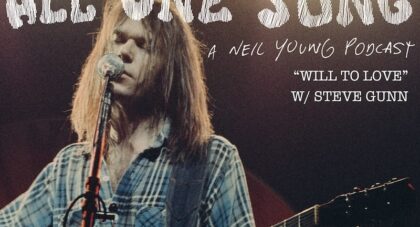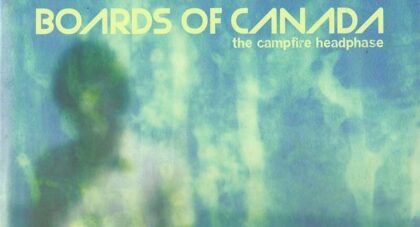Earl Freeman was a bassist, composer, multi-instrumentalist, poet, and artist. We spoke to Adam Lore from 50 Miles of Elbow Room and Michael Klausman from Wry Press about Earl Freeman: Poems and Drawings, the origin of the project, and the man himself . . .
Only the good shit. Aquarium Drunkard is powered by its patrons. Keep the servers humming and help us continue doing it by pledging your support.
To continue reading, become a member or log in.


